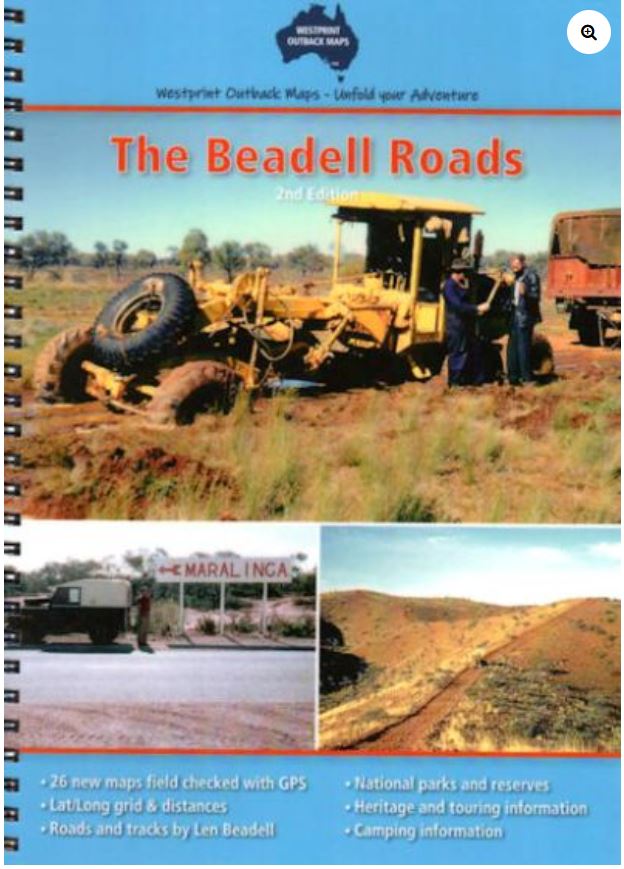A tribute to Australia’s legendary outback road builder.
Len Beadell was more than just a surveyor—he was a pioneer, a storyteller, and the man responsible for carving out over 6,500 kilometres of remote desert tracks across central Australia. His roads opened up vast, inhospitable areas to exploration, connecting some of the most isolated regions in South Australia, Western Australia, and the Northern Territory.
This spiral-bound atlas and guide brings together detailed maps, historical insights, and practical travel information across a broad swathe of outback Australia. Covering four major deserts—the Great Victoria, Great Sandy, Little Sandy, and Gibson Deserts—it’s a must-have for 4WD adventurers, desert travellers, and those captivated by Australia’s outback heritage.
What’s Inside
-
️ 26 double-page map spreads covering a vast desert region of Central and Western Australia
-
60+ Points of Interest, including historical locations, road junctions, roadhouses, and remote landmarks
-
️ Detailed route information for Beadell’s most iconic tracks
-
Historical context on early European explorers and Len Beadell’s pioneering road-building efforts
Iconic Roads Featured
This guide includes mapping and commentary on Beadell’s most legendary roads, including:
-
Gunbarrel Highway – His most famous and enduring achievement
-
Connie Sue Highway – Named after his daughter
-
Gary Highway & Gary Junction Road – Named after his son
-
Anne Beadell Highway – A tribute to his wife
Other routes include:
-
Sandy Blight Junction Road
-
Maralinga Site access roads
-
Talawana Track
-
Voakes Hill Road
-
Callawa Track
-
Mount Davies Road
Each track is accompanied by commentary on driving conditions, access points, and historical significance.
️ Practical Outback Travel Advice
The guide includes vital notes on the variable road conditions, which range from sealed sections to deeply corrugated, rocky, or sandy tracks. These routes traverse some of the most remote and unforgiving terrain in the country, and caution is advised.
-
Fuel and basic supplies are available at selected roadhouses, but are often limited
-
Self-sufficiency is crucial—travellers should carry adequate water, fuel, food, communications gear, and recovery equipment
-
It’s strongly recommended that at least two vehicles travel together when tackling these roads, except for the Great Central Road, which is more frequently travelled




